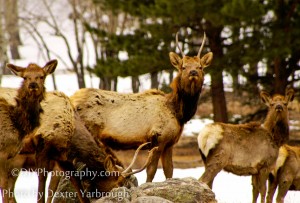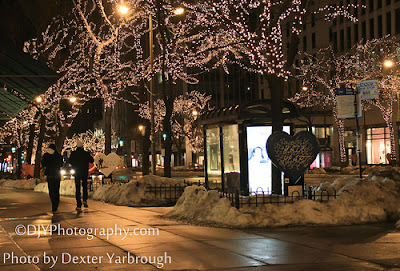 |
| From: Dexter Yarbrough's Photos |
Indeed, it is imperative for photographers like Dexter Yarbrough to develop the skills needed in order to capture the perfect photographs in the fastest way possible while using the best angle. Precious photographs are usually that of fleeting moments. A photographer must be quick enough to know when to shoot or what to shoot during the fast unfolding of events. By having the ability to do so, the photographer captures the action in one single click, preserving the memory for a lifetime.
In events like weddings, hiring photographers who are experienced in covering such large and special events is important. For a bride and groom, and even their friends and family members, pictures from the wedding are part of the whole event and will forever be cherished.
 |
| From: Dexter Yarbrough's Photos |
Dexter Yarbrough, the founder of DJY Photography, considers covering weddings as one of the specialties of his studio. Throughout the years, his team of photographers has continued to offer high quality services with their skills and technology. By treating each job with enthusiasm and passion, his team is able to produce nothing but the best photographs. The photography studio specializes in shooting portraits, landscapes, weddings, birthdays, and many more.
Preserve those special moments with the help of an experienced photographer. View Dexter Yarbrough’s portfolio by visiting DJY Photogrpahy’s website at www.djyphotography.com.
 |
| From: Dexter Yarbrough's Photos |






















